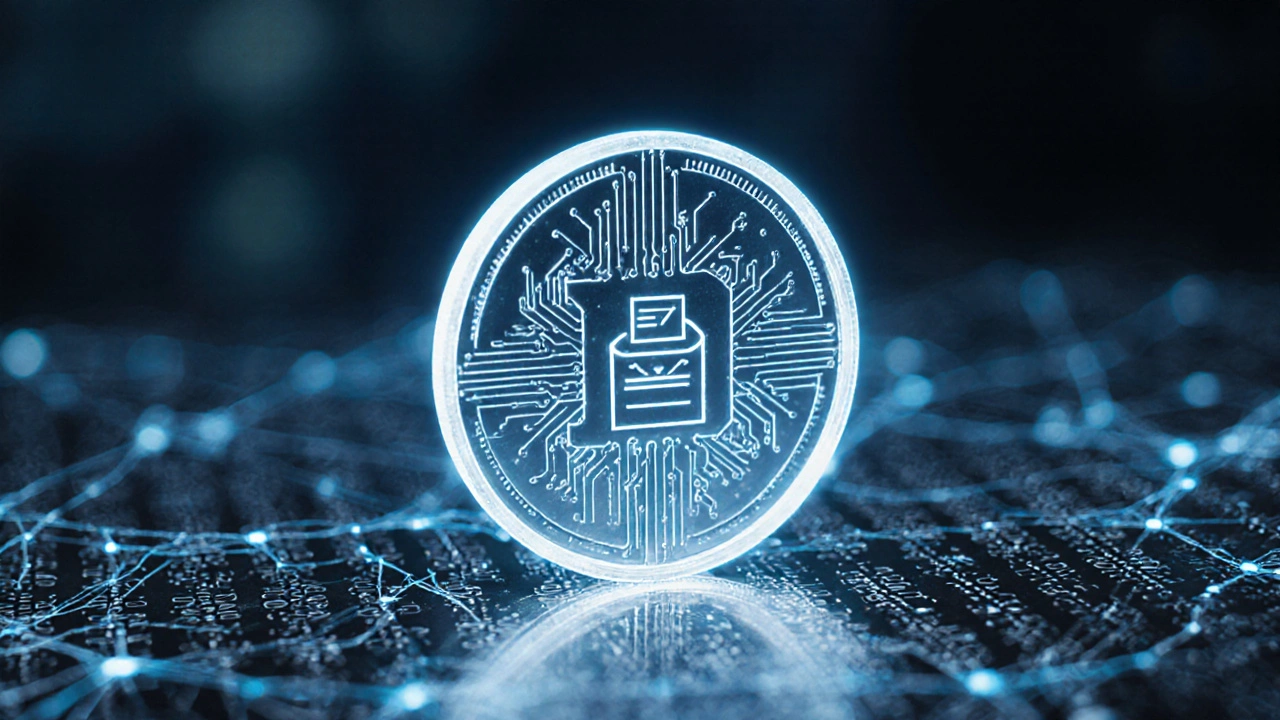DAO voting: How decentralized governance shapes the future
When working with DAO voting, a decentralized decision‑making process where token holders cast votes on proposals that run directly on a blockchain. Also known as Decentralized Autonomous Organization voting, it empowers communities to manage resources without a central authority. Blockchain, a distributed ledger that records transactions in a tamper‑proof way provides the transparent foundation for every ballot, while Smart contract, self‑executing code that enforces rules automatically guarantees that votes are counted exactly as written. The system’s core attribute is trustlessness: no single party can alter outcomes once the contract is live. In practice, a DAO creates a Governance token, a digital asset that represents voting power and often ties to economic stake, and token holders use these units to approve upgrades, fund projects, or tweak policies. This trio—blockchain, smart contracts, and governance tokens—forms the backbone of modern decentralized decision‑making.
Key related concepts you’ll encounter
First, Token vesting, a schedule that releases governance tokens over time to align incentives helps prevent sudden power swings that could jeopardize a DAO’s stability. Next, the Merkle tree, a cryptographic structure that allows fast verification of large data sets is often used to prove that a voter’s snapshot was included in a specific block without exposing the whole list. These tools together address two main challenges: ensuring that voting remains fair and that the process scales as membership grows. A typical DAO might also integrate on‑chain analytics, letting participants track proposal outcomes in real time, which reinforces accountability and reduces the need for off‑chain arbitration. By linking token economics, cryptographic proofs, and automated enforcement, DAO voting creates a self‑sustaining ecosystem where community members can iterate quickly while preserving security.
Finally, it’s worth noting how DAO voting intersects with broader trends. As more projects adopt decentralized finance (DeFi) models, voting becomes the democratic engine behind protocol upgrades and treasury management. Meanwhile, the rise of Layer‑2 solutions lowers transaction fees, making frequent voting financially viable for everyday users. Together, these developments mean that the act of casting a vote is no longer a niche activity; it’s becoming a core feature of many web‑based services. Below you’ll find a curated set of articles that dive deeper into each of these building blocks—Merkle trees, token vesting schedules, blockchain technology in finance, and the practical side of implementing DAO governance. Explore the collection to see how the pieces fit together and how you can start participating in or building your own decentralized organization.
Understanding Governance Tokens in Blockchain: How They Work and Why They Matter
- Lorcan Sterling
- 0 Comments
Learn how governance tokens work in blockchain, from voting mechanics and tokenomics to real‑world examples and risks, and discover how to start participating.
Read more

